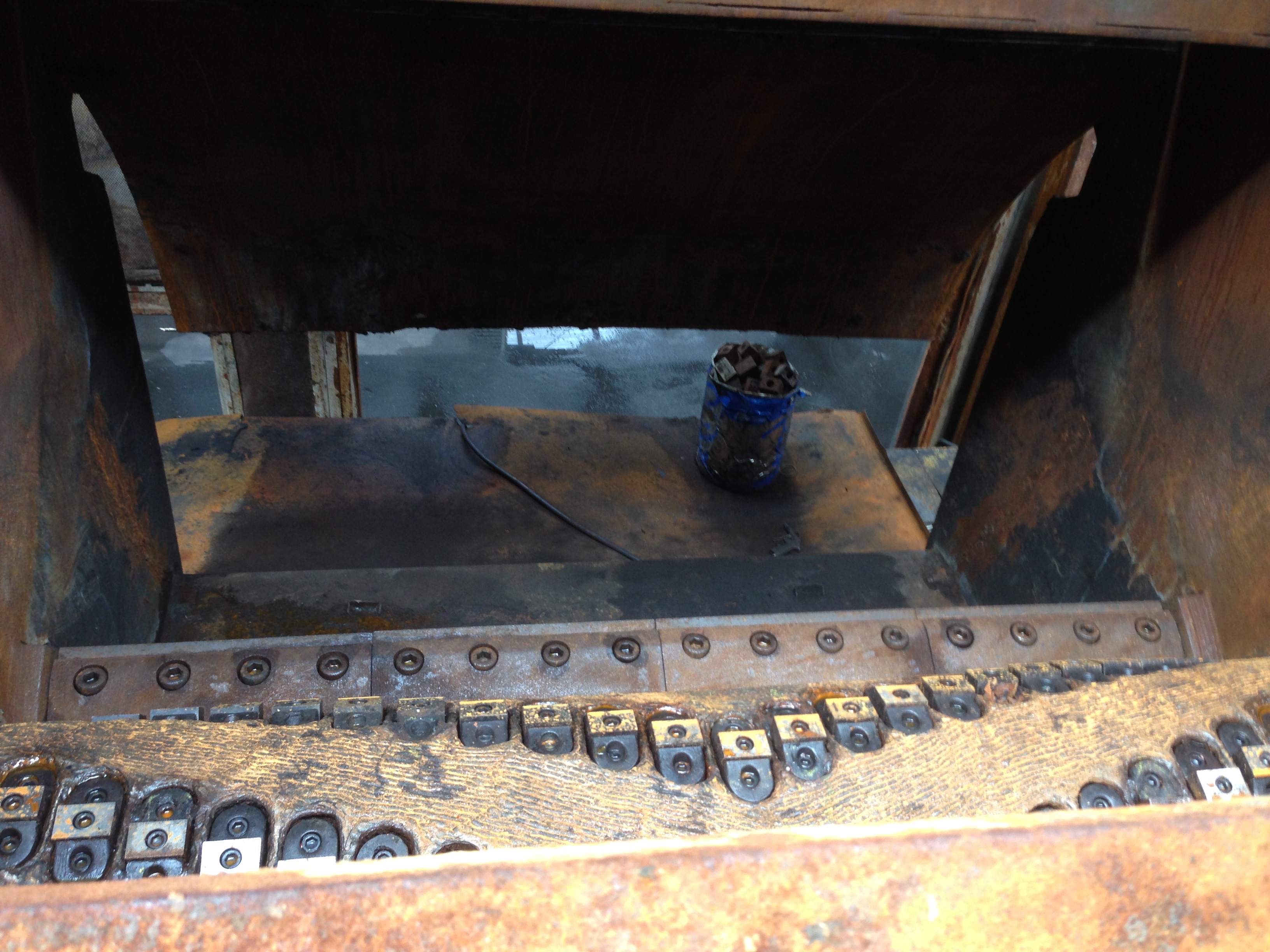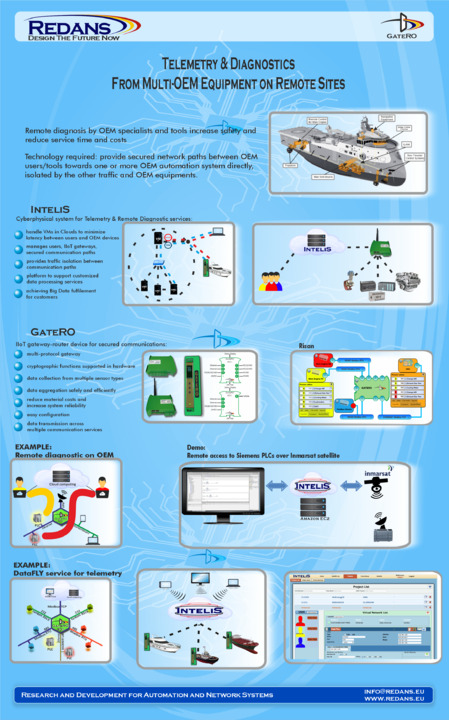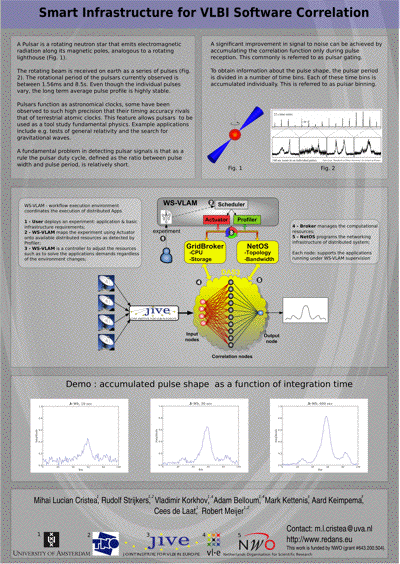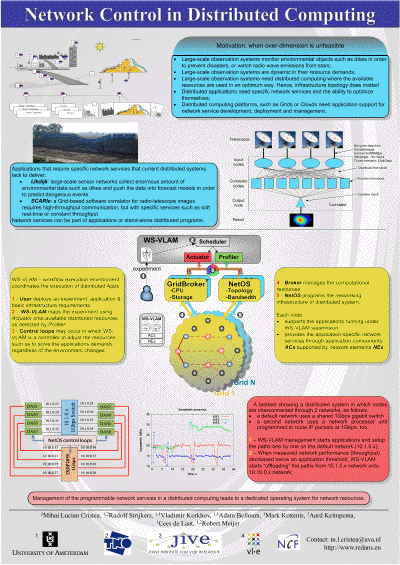Smart car parks assisted by Machine Learning
Application made to identify free car parking spaces, in spaces where video cameras are already installed in a city. The solution provides the following features: ✔ Identifying car plate numbers; ✔ Integration with other related systems for: reports, alerts, etc; ✔ Identification of the types of cars parked and in which parking area; ✔ Counting the cars that have parked in a day on a parking space or the entire parking lot; ✔ Counting the cars that passed on public roads; Other Machine Learning models can be added, for applications such as: violent identification, traffic accidents, throwing garbage, etc.
Identification of objects with ML and their manipulation with a 3 Kg colaborative robotic arm
Solution to handle objects in any position on a work table or production line, in which object identification is done with Machine Learning. Steps taken to achieve the solution: ✔ Training the ML model with images of the objects that need to be learned, in our case empty bottles; ✔ Using a 3D camera and calibrating it with the robotic arm, to be in the same coordinate space; ✔ The use of a mini computer with a graphics card for a quick identification of the objects detected by the camera; ✔ Creation of a robot application for the manipulation of objects identified with ML.
Plastic pet identification in garbage
This solution recognises a class of objects such as plastic bottles (PETs), glass bottles and then tells a robotic arm to handle them in a certain way. Hence, we can build customised applications for sorting of scattered objects on a table, for instance. Steps taken to achieve the solution: ✔ Training the ML model with images of the objects that need to be recognised, in our case empty plastic bottles; ✔ Using a 3D camera and calibrating it with the robotic arm, to be in the same coordinate space; ✔ The use of a mini computer with a graphics card for a quick identification of the objects detected by the camera; ✔ Creation of a robot application for the manipulation of objects identified with ML.
Identification of objects with ML and their manipulation with a 12 Kg robotic arm
Solution to handle objects in any position on a work table or production line, in which object identification is done with Machine Learning. Steps taken to achieve the solution: ✔ Training the ML model with images of the objects that need to be learned, in our case empty bottles; ✔ Using a 3D camera and calibrating it with the robotic arm, to be in the same coordinate space; ✔ The use of a mini computer with a graphics card for a quick identification of the objects detected by the camera; ✔ Creation of a robot application for the manipulation of objects identified with ML.
Pick and place using robot arm for 12kg payload
Example of a palletizing application using a robotic arm with the capacity to lift 12kg.
Part 1 - Simulation of identifying the center of the round object, using a laser and a robotic arm
The created application has the role of simulating an industrial CNC machine that is to be modernized with the identification of the center of the piece randomly placed on the workbench.
The robotic arm is used to simulate the solution that will be implemented on a CNC.
Part 2 - Practical use of round part center identification, for CNC modernization
Application made for the modernization of an industrial machine, by identifying the center of the piece randomly placed on the workbench. The application required: ✔ Making communication between the laser and the application that controls the machine; ✔ The use of the relay to make movements of the machine, to identify the center of the object; ✔ Acquisition of x,y coordinates from the machine application; ✔ Making buttons to start scanning from the machine application and displaying the coordinates to check the center of the object; ✔ Saving the last values to prevent work interruptions (end of operator program, power outages);
Smart IOT app
Mobile application to remotely monitor various equipment or SCADA solutions. With the role of immediate alert of all service members that are on-duty. The application allows a service team to monitor the system (e.g., a ship) while on duty: ✔ Alerts from various communication protocols supported by the GateON industrial router; ✔ View logs; ✔ SCADA live remote-view; ✔ Graphic representation of the values; ✔ Notifications and alerts; ✔ Integration with pre-existing automations;
Tensile testing machine for rubber
Made to test rubber probes subjected to an increasing force. It can perform the following tests:
Breaking tests in which the rubber is subjected to stretching force until it breaks. Values from the moment of breaking and percentage of elongation are recorded (eg: force and distance at 25%);
Elasticity tests in which the rubber is stretched until the desired force is reached, and then it is measured by how much the rubber remained stretched after force releasing.
The developed software is web-type in which actions can be carried out:
✔ Laser calibration;
✔ Motor actuation at various speeds;
✔ Data acquisition related to distance (laser) and force (weight sensor);
✔ Graphic representation of values ;
✔ Saving tests;
ERP digitalisation
Improving the ERP system with the aid of the integration of a mobile or desktop application for the remote monitoring of equipment from a production workflow or human activities with the aim of accurately measuring the material, energy and human resources used in a certain production activity.
Desktop terminal used at a workstation in a tire production workflow in a retreading factory
Indoor positioning factory
Indoor positioning system research for the development of an application to optimize activities from a tire retreading workflow.
Indoor positioning warehouse
Research of using BLE technology for indoor positioning applications.
Rubber extruder
Digitization of a rubber extrusion process by adding an automatic control system of the width and thickness of the resulting rubber band. Quality and productivity increased through: ✔ increase of band width/thickness precision from +/-1mm to +/-0.1mm using lasers and programmable automata, resulting in an economy of raw materials; ✔ increase of production speed because the system immediately compensates for any deviation due to the change of the raw material (type of rubber) or the change of the type of band that needs to be produced. At the same time, the operating costs were reduced by integrating in the ERP of the factory precise information regarding the resources used in production: operator working time, raw material (rubber, energy), machine condition (defects, dead time).
Rubber recycling
Research and analysis of behaviour of electro-hydraulic-mechanical machines subject to wear in order to develop a predictive diagnosis application. It is desired to avoid unforeseen interruptions as well as to shorten the duration of preventive intervention in order to replace worn components (knives, bearings, belts, etc.). A predictive diagnosis system reduces the cost of operation and maintenance of the entire technological flow.
Rubber recycling machine
Gear
Shredder
Gear
Hydraulic engine

Grinder
Interactive Remote Diagnostics in Maritime
Maritime, Oil&Gas, Agriculture are fields where human intervention is expensive or difficult. In such cases, our remote diagnostic solution reduces the operational costs by: ✔ (1) decreasing the intervention costs, ✔ (2) reducing the intervention duration, ✔ and it increases the intervention quality by using human experts which are usually unavailable on far or dangerous sites.
Remote Diagnostics
We show how a remote diagnostic session typically works in case of a failure of engineering part located in a ship overseas. This technical presentation shows practical example recorded on purpose. Usually, our system records only activity logs for both reasons: (1) security and (2) billing the service.
DataFLY
DataFLY is a cloud-based service of our Intelis platform that provides the following features: ✔ data acquisition from automation equipments (engines, PLCs, generators, drives, etc); ✔ data storage in the gateway device in a buffer that helps when Cloud connection is lost; ✔ data transfer into a remote database stored in Intelis cloud system; ✔ visualization of historical process data for an easy interpretation; ✔ downloading of historical process data for an offline processing; ✔ assist in decisions to improve factory efficiency; ✔ provide valued data for preventive maintenance; ✔ Green factory: CO2 emission monitoring, optimizing the usage of resources (energy, materials);
DataFLY uses a dedicated IIoT (Industrial Internet of Things) gateway device (GateRO) that has cryptographic functions supported in the hardware such as communication channels (VPNs) between GateRO and cloud is as secure as Internet banking.IDC 16 Inmarsat – Telemetry & Diagnostics From Multi-OEM Equipment on Remote Sites
We showed a live demonstration of our engineering solution at the Inmarsat Developer Conference 2016, London, UK.
SC 2010, nov 13 - 19, New Orleans (Louisiana) – Smart Infrastructure for VLBI Software Correlation
At Super Computing 2010 exhibition, we showed our research results for a programmable infrastructure that automatically manages the computing and networking resources required by a software correlator of VLBI astronomy data. This research was supported by SCARIE project being funded by the dutch NWO organisation.
SC 2009, nov 14 - 20, Portland (Oregon) – Network Control in Distributed Computing
At Super Computing 2009 exhibition, we showed a live demonstration on our testbed that used programmable networks to build a controller for resources required by distributed applications such early-warning systems. Such systems require ad-hoc resources for a high amount of computation and data traffic tasks.
 EN
EN RO
RO


